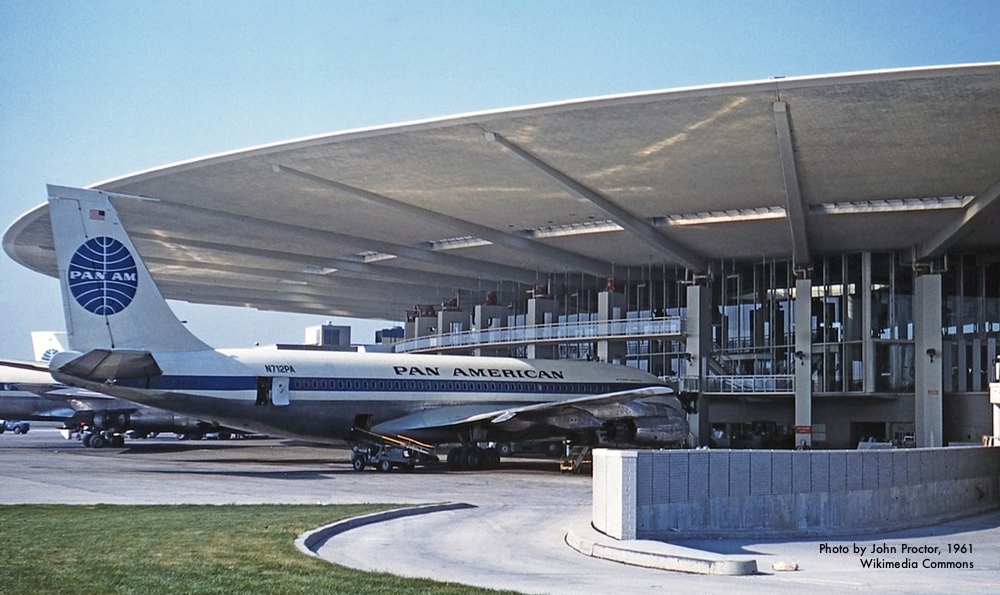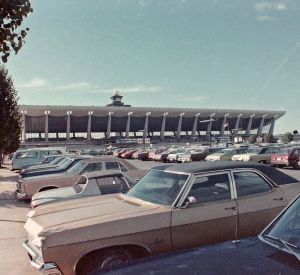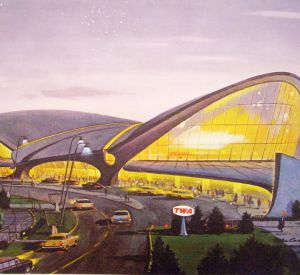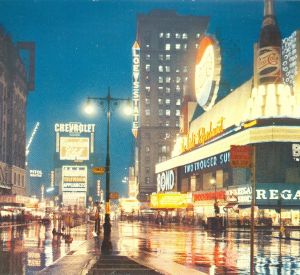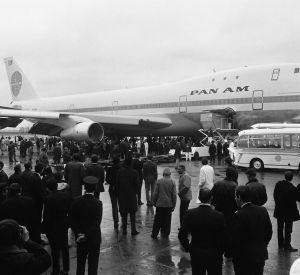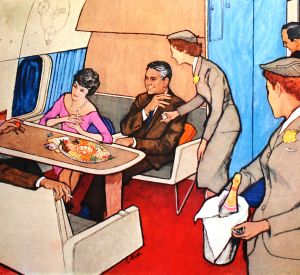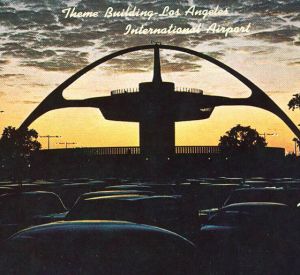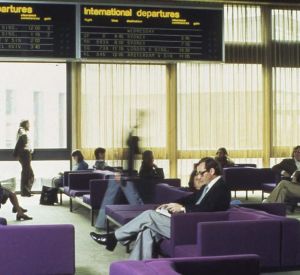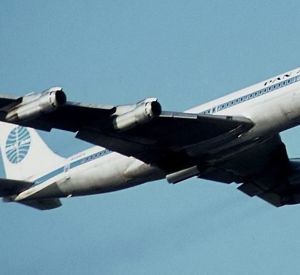Save the Worldport – A Piece of Pan Am History
Every mid-century maven knows Pan Am. All swank jet-setting dreams began with the famed airline.
The first to employ luxury jetliners (Boeing 707s in 1958 and Boeing 747s in 1970), Pan Am was one of the founders of the commercial Jet Age. With 86 destination countries on all six major continents at its peak in 1968, the Pan Am name was synonymous with style, luxury, and glamour. Pan Am pilots held the same esteem as doctors and Pan Am stewardesses held the same prestige as Playboy Bunnies.
In 1991, four days before the collapse of the Soviet Union, Pan Am ceased operations. But those swank jet-setting dreams didn’t end just because the Cold War did. Even now, 22 years after its close of business, customers, former employees, and mid-century mavens are unwilling to let Pan Am die. Websites are dedicated to its history and to its ephemera. A brief search of eBay reveals a brisk trade in Pan Am memorabilia. Even the swank Exotica music masters Tikiyaki Orchestra have parodied the Pan Am logo on their album art and merchandise.
A key piece of Pan Am was its hub terminal at John F. Kennedy International Airport in New York, The Worldport. Designed by Walther Prokosch of Tippets-Abbett-McCarthy-Stratton, and Emanuel Turano of Ives, Turano & Gardner Associated Architects, The Worldport opened May 24, 1960; It was a tour de force, getting immediate coverage in LIFE magazine and Vogue.
Hollywood was quick to follow suit and adopted The Worldport as one of its architectural darlings: Doris Day departed from The Worldport in That Touch of Mink (1962). And super spy James Bond disembarked from the terminal in Live And Let Die (1973).
With its flying saucer canopy and its futuristic International Style architecture, The Worldport has stood as one of the premiere symbols of the Jet Age for over 50 years. After Pan Am’s bankruptcy in 1991, the terminal was sold to Delta Air Lines and continued to be used for international flights.
Now, this icon of mid-century design is threatened. In 2010, Delta announced its plan to move its international flights to Terminal 4 and, with the support of the New York/New Jersey Port Authority, slated the Worldport for redevelopment. Its final airliner departure was in May.
According to preservation group Save The Worldport, “redeveloping” involves razing the terminal and paving the site for more airliner parking. Ignoring the group’s two-year effort, Delta Airlines has been proceeding with its plans for demolition. Demolition equipment is on-site as of this writing.
All of this is in spite of the fact that the National Trust for Historic Preservation has placed the Worldport on its America’s 11 Most Endangered Historic Places list for 2013 and has directly advocated for the terminal’s preservation to Delta and the Port Authority.
Now, with a campaign to raise money for an advertisement in the New York Times, Save The Worldport is engaged in a final effort to raise public awareness and get demolition stopped. Here’s hope that New York doesn’t repeat its Penn Station Mistake.
To stay apprised of Worldport preservation efforts, and to see how you can participate, go to Save The Worldport.org


